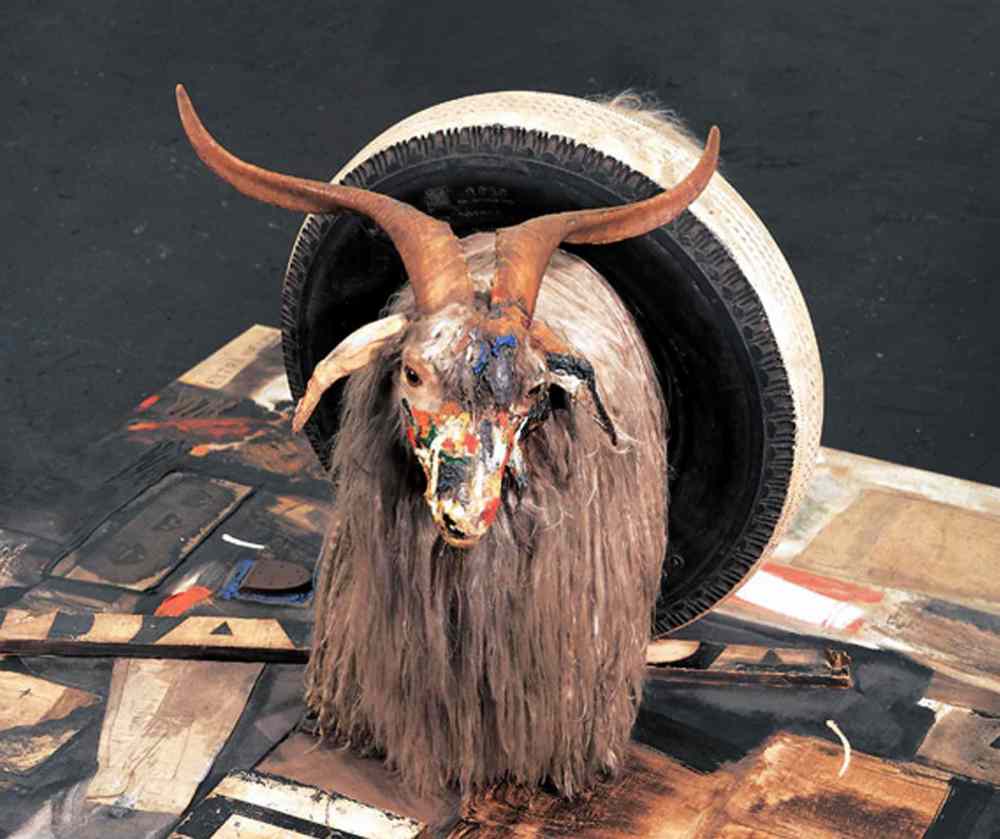The first rule of art appreciation is to talk about art
Advertisement
Read this article for free:
or
Already have an account? Log in here »
To continue reading, please subscribe:
Monthly Digital Subscription
$1 per week for 24 weeks*
- Enjoy unlimited reading on winnipegfreepress.com
- Read the E-Edition, our digital replica newspaper
- Access News Break, our award-winning app
- Play interactive puzzles
*Billed as $4.00 plus GST every four weeks. After 24 weeks, price increases to the regular rate of $19.00 plus GST every four weeks. Offer available to new and qualified returning subscribers only. Cancel any time.
Monthly Digital Subscription
$4.75/week*
- Enjoy unlimited reading on winnipegfreepress.com
- Read the E-Edition, our digital replica newspaper
- Access News Break, our award-winning app
- Play interactive puzzles
*Billed as $19 plus GST every four weeks. Cancel any time.
To continue reading, please subscribe:
Add Free Press access to your Brandon Sun subscription for only an additional
$1 for the first 4 weeks*
*Your next subscription payment will increase by $1.00 and you will be charged $16.99 plus GST for four weeks. After four weeks, your payment will increase to $23.99 plus GST every four weeks.
Read unlimited articles for free today:
or
Already have an account? Log in here »
Hey there, time traveller!
This article was published 30/03/2015 (3846 days ago), so information in it may no longer be current.
There’s always been a great divide between the art world and the general public. The art world considers itself to have very high-brow taste. Visual art is incredibly sophisticated, after all. But the public, with some exceptions, is skeptical. A lot of art being made today is difficult to understand, and the art world’s tendency to use obfuscating language is certainly off-putting.
It could be argued that artists use such language to preserve the distance between themselves and the public. That distance makes them feel more intelligent. Artistic taste, as the saying goes, is a weapon of social stratification.
In many ways, the First Friday art talks at the News Café are an attempt to lessen the distance between the public and the art world. First Fridays wants to invite more Winnipeggers to visit the city’s visual art scene, and wants to arm them with the knowledge and confidence to appreciate the art they are seeing.

The April 3 Art Talk will be the most interactive yet. Audience members will be invited to discuss the subject of artistic taste, as well as some of the most frequent questions asked by curious or skeptical members of the public: “Who decides whether art is good or bad?” and “Why do some artists ‘make it’ while others are dismissed?”
The public often has good questions. Even the clichéd “my kid could do that” criticism of modern art, has, at its heart, some serious concerns: a perceived lack of skill, a perceived lack of beauty and the absence of any real way to evaluate an artwork’s success.
Of course, the simple answer is that skilled professionals, like curators, gallery directors and critics decide whether an artist’s work is worthy of an exhibition.
But British writer and philosopher Roger Scruton has some choice words for these skilled professionals, calling their expertise “fake.”
“Perhaps the world of art is just one vast pretence, in which we all take part since, after all, there is no real cost to it,” Scruton says.
Scruton, a die-hard proponent of conservatism, is more than a little cantankerous. But to be fair, the British art scene is considerably more volatile than our own. In Winnipeg, when an artist wins an award we clap politely. In Britain, when an artist wins the Turner Prize, the nation erupts into a circus of controversy and protest, prompting one Evening Standard critic to write “The annual farce of the Turner Prize is now as inevitable as is the pantomime at Christmas.”
If Scruton has a bone to pick with contemporary art, it is because we live in a time when anything can be called art. Artists today use anything, (be it paint, a tire found in the trash or a goat) to form their own nuanced, individualized visual languages. This can mean several things — they need decoding before they can be appreciated, something the average person feels ill-equipped to do, and it becomes near impossible to form any real standards of excellence.
And, if there are no standards, asks Scruton, why do we trust art-world professionals to tell us what art is good?
For our part, Winnipeg has many talented professionals who introduce our city to new ideas, guide perception and welcome diverse audiences. Urban Shaman’s current project, featuring the anti-racism posters of KC Adams, is testament to this.
But Scruton’s ideas are worth putting to the test. At the Art Talk on Friday, audience members will be invited to share their opinions on a wide variety of artwork. They will be shown work by artists deemed important by the art world — those who have found success on a local, national and international scale — and art by amateurs. But here’s the catch: the audience won’t initially know which is which.
The exercise should be entertaining to be sure, but it is also meant to examine where artistic taste comes from and how it is influenced. When the endorsement of a pristine white gallery is removed, when both the name of the artist and the price tag are not visible, does it change the way we view the art? Maybe yes, maybe no. But it might go a long way in giving us the confidence to appreciate art on our own terms.
Sarah Swan is an arts writer and educator, and host of Art Talk/Art Walk at the News Café. For tickets to this event, please call 204-943-0682.
History
Updated on Monday, March 30, 2015 8:26 AM CDT: Replaces photo

